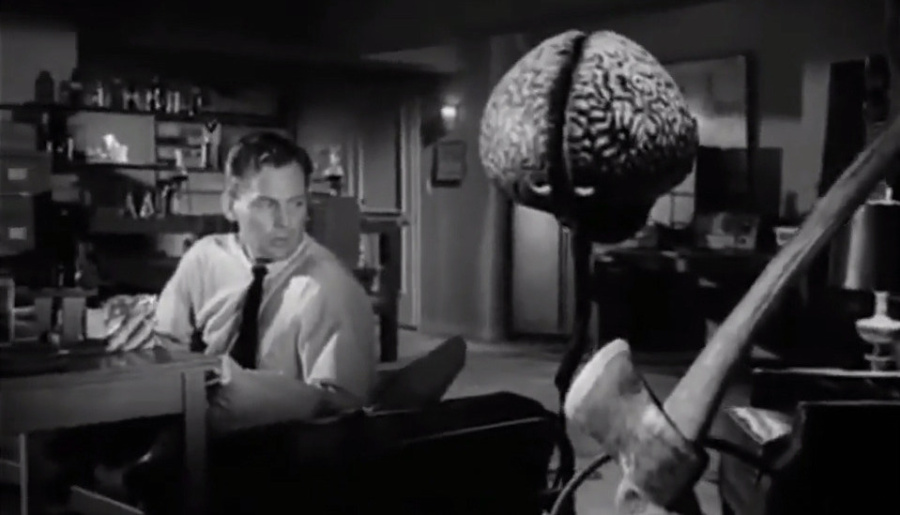
A Melbourne-led group of scientists has taught a collection of brain cells how to play a version of the arcade game "Pong" using electronic stimuli, as revealed in a new study (as reported on by IGN). This potentially opens up brand-new possibilities for understanding how the brain interacts with the rest of the world and will likely give doctors another way to test drugs or gene therapy treatments for diseases.
According to a press release, accessed via Science in Public, scientists have for some time been able to mount neurons on multi-electrode arrays in order to read their activity. However, this is the first time that cells have been stimulated in a structured and meaningful way. Before they simply had to rely on analogous computer models, which weren't always the most accurate.
How the scientists created this Pong-playing brain is that they fired electrodes on the left or right of one array to tell the affectionately named "Dishbrain" which side the ball was on. The distance from the paddle, meanwhile, was indicated by the frequency of these signals. This feedback then gradually taught the DishBrain how to return the ball, making it act as if it was the paddle.
The lead author of the study Dr, Brett Kagan, says in a statement:
“We have shown we can interact with living biological neurons in such a way that compels them to modify their activity, leading to something that resembles intelligence."
It's an interesting bit of news and one that will undoubtedly provoke memories of science fiction movies of the past.
DishBrain's transformation into gamer bro apparently isn't complete yet, though, with Kagan and the team aiming to provoke a dose-response curve using ethanol. In plain English, that means getting it drunk and seeing how its gameplay is affected. If it's anything like us, we wish it luck!
How do you feel about this news? Let us know in the comments!
[source cell.com, via scienceinpublic.com.au, ign.com]






Comments 2
I guess nobody can accuse them of not having two brain cells to rub together!
But can they play Crysis?
Show Comments
Leave A Comment
Hold on there, you need to login to post a comment...